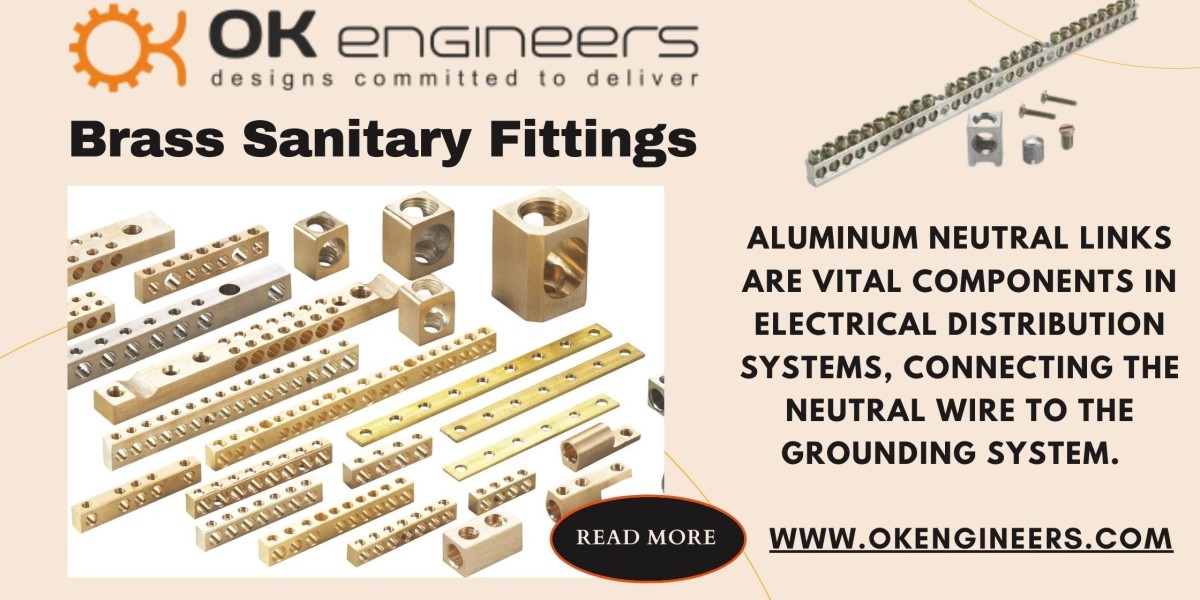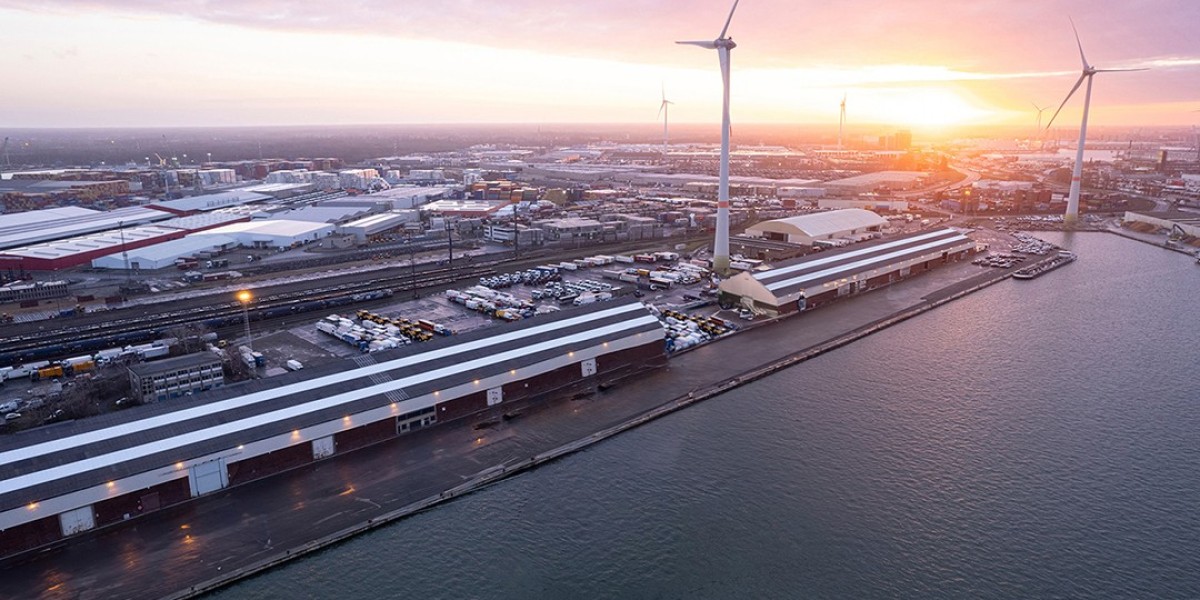In the realm of electrical engineering, ensuring a stable and safe connection is critical for the efficient functioning of any electrical system. One of the key components that play a vital role in maintaining this stability is Aluminium Neutral Links. These links serve as the backbone of your electrical connections, providing essential support in balancing the electrical load across circuits and ensuring a grounded system.
In this blog, we will dive deep into understanding what aluminium neutral links are, their importance, and how they contribute to maintaining the safety and efficiency of electrical connections.
What Are Aluminium Neutral Links?
Aluminium neutral links are vital components in electrical distribution systems. These links are designed to connect the neutral wire of an electrical system to the grounding system, ensuring that any imbalance in the circuit is safely directed to the ground. The use of aluminium as the material for these neutral links is particularly advantageous due to its lightweight nature, corrosion resistance, and excellent conductivity.
Aluminium Neutral Links act as connectors, providing the necessary pathway for current to flow back to the ground in case of a fault or imbalance. They are widely used in electrical panels, switchgear, distribution boards, and various other electrical systems, making them indispensable for both industrial and residential electrical installations.
Why Aluminium is Preferred for Neutral Links
Aluminium has become a preferred choice for neutral links due to several inherent properties that make it suitable for electrical applications. Here’s why:
High Conductivity: Although not as conductive as copper, aluminium offers sufficient electrical conductivity for most applications, making it ideal for neutral links where high currents flow.
Lightweight: Aluminium is much lighter than other metals such as copper, making it easier to install and handle in large electrical setups. This is especially useful in industries where weight considerations are important.
Corrosion Resistance: One of the major advantages of aluminium is its resistance to corrosion. In electrical systems, where exposure to moisture and other environmental factors is common, this property helps maintain long-term stability and safety.
Cost-Effective: Aluminium is more affordable compared to copper, which makes it a popular choice for large-scale installations that require cost efficiency without compromising on quality or safety.
Importance of Aluminium Neutral Links in Electrical Systems
The Aluminium Neutral Links serve a number of critical functions in electrical systems, including:
Ensuring Circuit Stability: These links help balance the electrical load across different circuits, ensuring that there is no excess current flowing through any particular part of the system. This is crucial for preventing overloads and ensuring that the system functions efficiently.
Grounding and Safety: A well-grounded electrical system is essential for preventing electrical shocks and ensuring user safety. Aluminium neutral links help connect the neutral wire to the grounding system, ensuring that any leakage current or fault is directed safely to the ground.
Protection Against Electrical Faults: In the event of a fault, such as a short circuit, the neutral link ensures that the excess current is safely routed to the ground, protecting the rest of the system from damage.
Compliance with Electrical Standards: Proper installation of aluminium neutral links is crucial for ensuring compliance with safety standards and regulations in the electrical industry. These links are designed to meet the stringent requirements of modern electrical systems, ensuring reliability and safety.
Applications of Aluminium Neutral Links
The versatility of Aluminium Neutral Links makes them suitable for a wide range of applications in various industries. Some of the most common applications include:
Electrical Panels: In electrical distribution panels, aluminium neutral links are used to connect the neutral wires from various circuits to a common grounding point. This ensures that any imbalance in the circuits is corrected and routed to the ground.
Switchgear Systems: Aluminium neutral links are also employed in switchgear systems to facilitate the safe operation of electrical switches and circuit breakers. They ensure that the neutral current flows back to the ground, preventing any potential damage to the system.
Power Distribution Boards: In both industrial and residential power distribution boards, these links play a key role in maintaining the safety and efficiency of the electrical system by connecting the neutral wire to the grounding system.
Transformers and Generators: Aluminium neutral links are also commonly used in transformers and generators to provide a safe grounding path for neutral currents, ensuring that the equipment operates smoothly and safely.
Maintenance and Installation of Aluminium Neutral Links
Proper installation and maintenance of Aluminium Neutral Links are essential for ensuring their long-term effectiveness. During installation, it is important to ensure that the links are securely connected to both the neutral wire and the grounding system to prevent any loose connections that could lead to faults or inefficiencies.
Regular maintenance is also important to check for signs of wear and tear, corrosion, or any potential damage. Although aluminium is corrosion-resistant, exposure to extreme conditions could still impact the integrity of the links over time. Regular inspection and maintenance help ensure the longevity and reliability of the entire electrical system.
Conclusion
In conclusion, Aluminium Neutral Links are a crucial component in any electrical system, providing the necessary grounding and load-balancing functions to ensure the safety and stability of the connections. Their lightweight, corrosion-resistant, and cost-effective nature makes them a preferred choice in modern electrical installations.
Whether you’re working on a residential, commercial, or industrial project, choosing high-quality aluminium neutral links is essential for ensuring the long-term reliability of your electrical system. For top-quality aluminium neutral links, be sure to visit OK Engineers for trusted and durable electrical components.
Investing in the right components today can safeguard your electrical system tomorrow, and aluminium neutral links play a pivotal role in that process.









